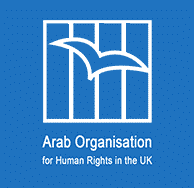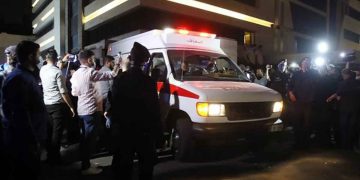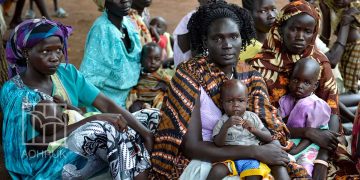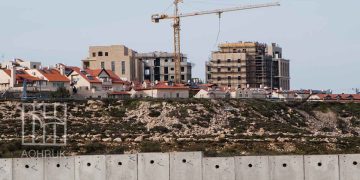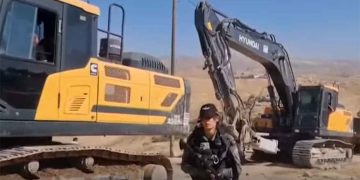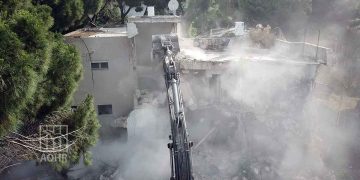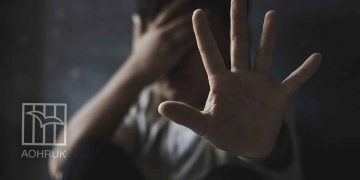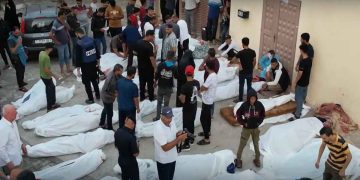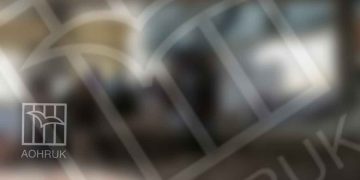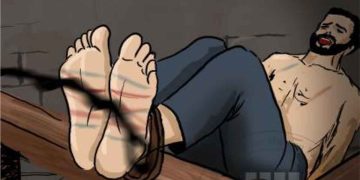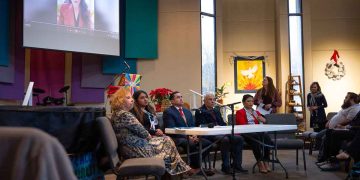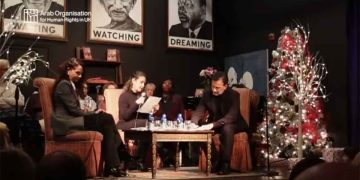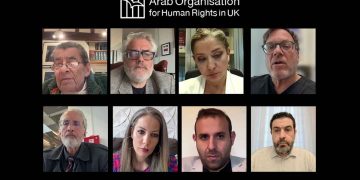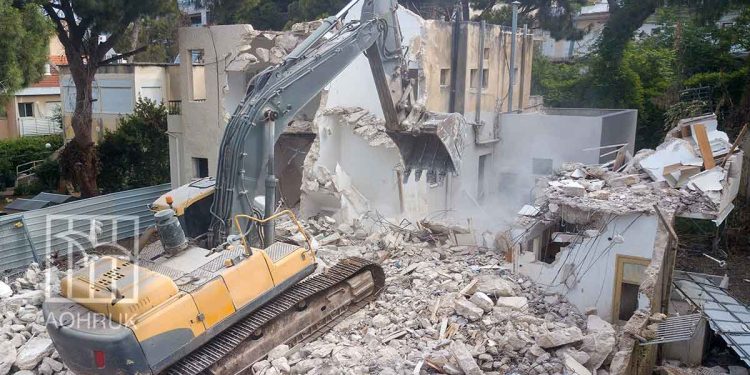On Monday, the Israeli occupation authorities escalated systematic demolitions targeting Palestinian homes and structures across Jerusalem, the West Bank, and the territories occupied in 1948. This reflects a dangerous intensification of efforts to Judaise the land and forcibly displace its indigenous population.
In the town of Issawiya, northeast of occupied Jerusalem, Israeli occupation authorities forced Palestinian resident Taher Darbas to demolish his own home under threat of exorbitant fines, citing lack of building permits. This self-demolition tactic constitutes one of the most psychologically cruel forms of punishment, stripping residents of their dignity and housing rights. Meanwhile, Israeli occupation municipalities systematically refuse to grant Palestinians building permits, allocating land instead for settlement expansion.
In Marj Ghazal village, north of Jericho, occupation forces demolished two homes belonging to Nadim and Nour Abu Jaber after surrounding the area and barring local residents from approaching. The two homes comprised two and one storey respectively, each covering roughly 150 square metres.
These incidents are part of a widespread demolition campaign that has destroyed over 1,000 Palestinian homes and structures in the past two years across the West Bank, including Jerusalem.
In Kaabiyyeh town within the 1948 territories, Israeli bulldozers razed two under-construction homes in the Rasheed neighbourhood, again citing permit violations—despite the homes having existed for over 60 years. Police surrounded the demolition site and prevented residents from intervening, echoing similar scenes across dozens of Arab towns within the Green Line, where home demolitions and permit denials are pursued in a systematic effort to reduce Palestinian urban space and impose forced displacement.
In Deir Ballut, west of Salfit, Israeli occupation forces demolished an agricultural room owned by Hamada Abdulwahab Abdullah, citing construction in Area C, part of broader efforts to dispossess Palestinian farmers of their land and curtail agricultural activity.
In the village of Al-Funduq, east of Qalqilya, occupation forces razed a two-storey home belonging to Bashar Teem, with a footprint of around 200 square metres, after storming the village’s southwestern area.
A similar event occurred in Furush Beit Dajan, east of Nablus, where bulldozers demolished the home of Ismail Sadiq Ismail after expelling the family, even though the home was inhabited. Local estimates indicate that nearly 90% of homes in the village are at risk of demolition.
These concurrent violations constitute grave breaches of international humanitarian law. Article 53 of the Fourth Geneva Convention prohibits the destruction of private property in occupied territories except where absolutely necessary for military operations—conditions that clearly do not apply in these cases, which aim to impose a new demographic reality in favour of the occupying power.
Moreover, the right to housing is protected under the International Covenant on Economic, Social and Cultural Rights, which obliges states to ensure safe and dignified shelter, not to deny it through force. In Palestine, demolitions are employed as a punitive and discriminatory measure targeting a specific population based on national identity, which amounts to racial discrimination prohibited under the 1965 International Convention on the Elimination of All Forms of Racial Discrimination.
These daily events reveal a deliberate and systematic policy of forced displacement aiming to clear the land of its Palestinian inhabitants, in Jerusalem, the West Bank, and the 1948 territories, while accelerating the expansion of Jewish settlements.
Thus, these demolitions are not merely attacks on stone and mortar, but deliberate violations of Palestinian human presence, dignity, and identity in a homeland being reshaped by an occupying power with utter disregard for international law.
